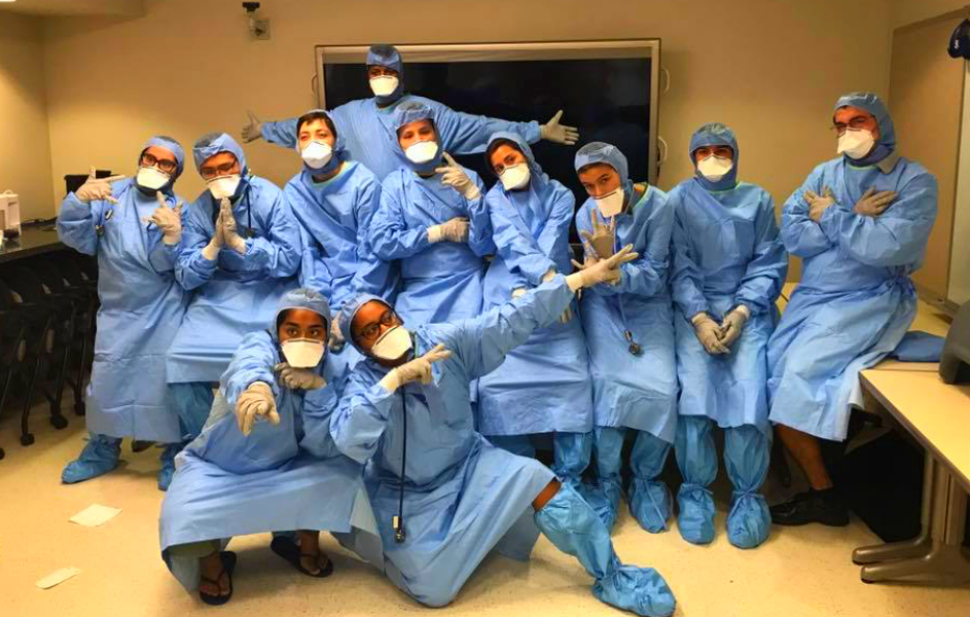John Tolley, July 21, 2017
There are all kinds of summer camps.
There are STEM camps, sports camps, camps for junior entrepreneurs and camps for kids who code.
So, it should come as no surprise that at the University of Iowa there is what you might call a ?college camp.? But this is not merely a camp adjacent to a college; this camp serves as an early introduction to university life, with all its rigors and rewards, for a very specific set of students. It is the Iowa First Nations Summer Program.
?There?s often a stigma in native communities about leaving home and going to a university,? says Diversity at Iowa multicultural specialist Corey Sutter. ?Or, it isn?t an option that they considered. By having them attend the summer program, they have an idea of what it is like to live on a college campus and what opportunities they have if they get their degree. Our hope is that they?d like to attend the University of Iowa, but we?re happy if they attend any university.?
During the weeklong camp, students live in dorms and spend their mornings attending class. Each year the class is geared towards a different discipline offered at Iowa. This year the class focused on law, and students were afforded the opportunity to meet with local attorneys and attend visit city hall in downtown Iowa City.
Afternoons find the students diving deep with one of the program's many campus partners. Over the course of the week they shadow healthcare professionals from the College of Nursing, work hands-on with engineers, even create their own lip balm at the university?s pharmacy lab.
Students also find time to bond during social and recreational activities that take them beyond the confines of the university campus. They can feed their inner artist while firing pottery at local pottery studio, FiredUp. And, that old camp chestnut dodgeball is in full effect during the annual competition with Iowa?s TRIO Upward Bound program.
In years to come, Sutter hopes to expand the First Nations Program. The camp has seen attendance grow from an average of 9 students to upwards of 16 in recent years. To accommodate rising attendance, Sutter is hoping that the program can expand from one week to two or three, allowing for much wider breadth of activities.







 See what's coming up live on B1G+ every day of the season at BigTenPlus.com.
See what's coming up live on B1G+ every day of the season at BigTenPlus.com. 